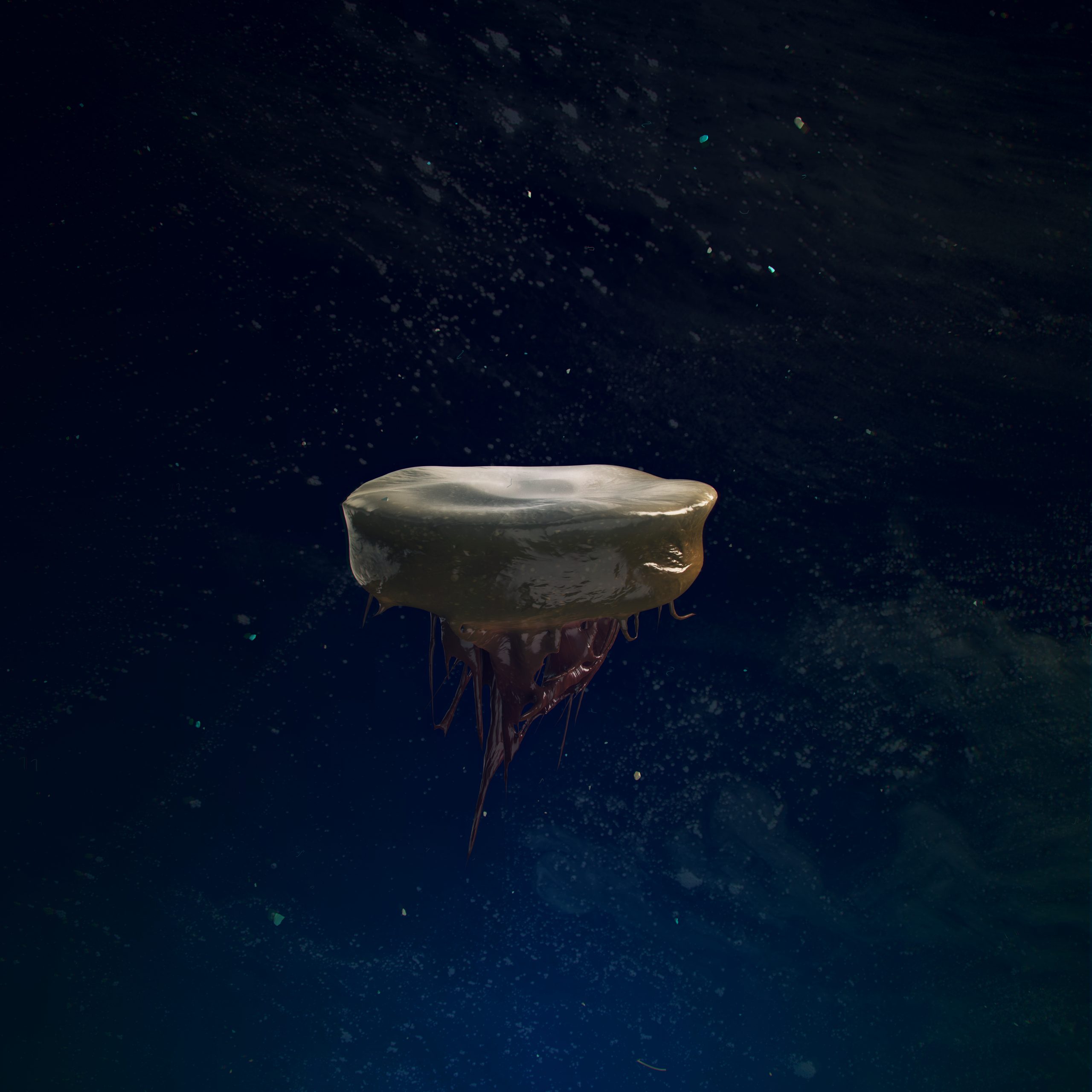“This ALI prototype will introduce challenging new approaches to designing living intelligence through biodesign”
Human-Bacteria Interfaces introduces the novel concept of human-bacteria interfaces within the context of the built environment. The concept was developed by Anne-Sofie Belling, Bea Delgado Corrales, Romy Kaiser and Paula Nerlich, who gave us some clues of what they will bring to Berlin.

When and how did your project start?
Fascinated by the Driving the Human open call, we assembled and did a two day brainstorm session to create a concept, which we submitted.
In this phase of your research, what are the two most important aspects of the project?
For this stage of the research, we are working towards a mock up of our proposed Human-Bacteria Interface, to materialize our concept in a first tangible prototype.
Introducing ALI (‘Ambient Living Intelligence’), through SCOBY, a symbiotic culture of bacteria and yeast, as a medium for our proposed Human-Bacteria Interface to facilitate human-microbial interaction through external stimuli and light. This microbial mix of the SCOBY is mostly embedded in a cellulose structure of bacterial origin, forming a jelly-like texture, which provides a matrix to be designed into an interface for microbial communication and interaction through biotechnology in the next stage of our design research project.
ALI is contextualised within a narrative that emphasizes humankind’s relations with the more-than-human microbial world. This will be presented in form of a video at the Driving the Human event.

What are the next steps in the research?
In the next steps of our research we aim to bring ALI fully to life! Through microbiology and engineering, our future work will entail designing ALI and its casing.
For these steps we will tap into the expertise of Bea, our team expert in microbiology as well as a network of researchers in the field of bacterial cellulose.
A fascinating challenge will be to create the casing for ALI, for which we hope to closely work with the experts of acatech to help us create a working prototype with the potential for future application in the built environment.
Furthermore, we will refine our narrative to create a fact based foundation for the ALI prototype, that will not only propose future forms of co-habitation, but also introduce challenging new approaches to designing living intelligence through biodesign. For this we hope for expert advice in speculative narratives and design as well as designing for new ethics within biodesign, and hope to tap into the wide network of Forecast.








